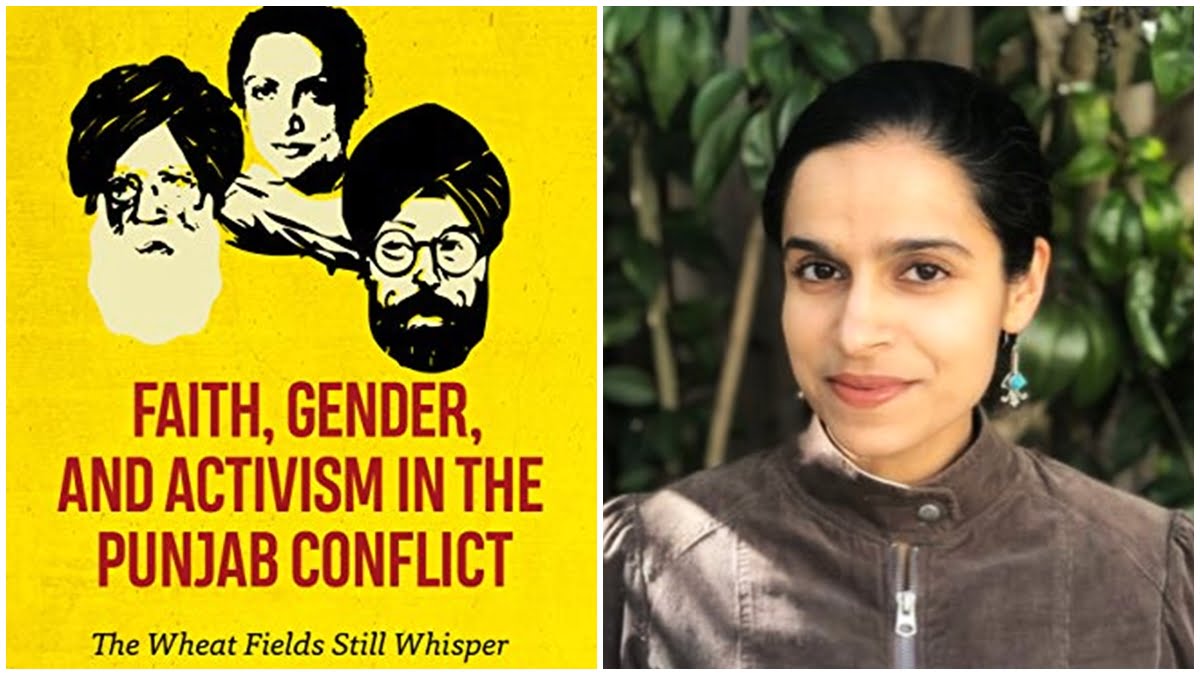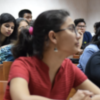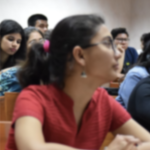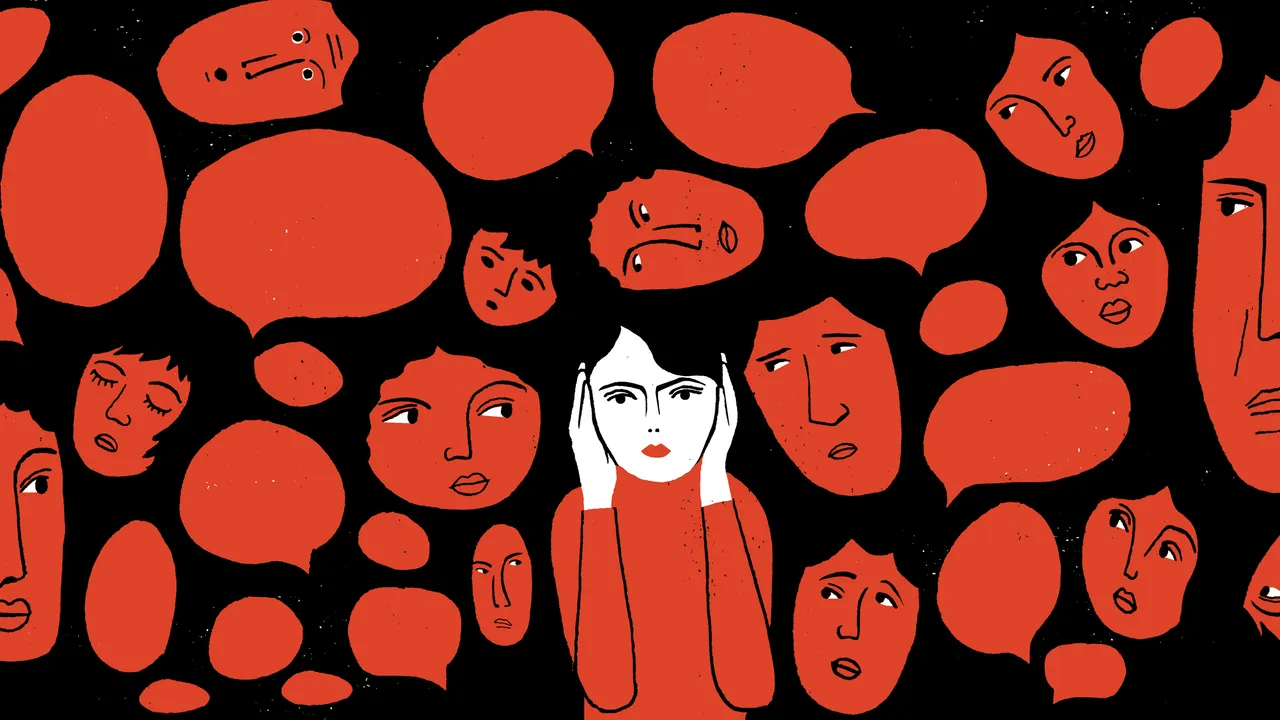Trigger Warning: Mentions of gendered violence, abuse
India’s violence in response to Punjab’s armed insurgency in the 1980s and 1990s remains a neglected conversation. According to civil society estimates, Punjab witnessed approximately 2,50,000 killings between 1975 and 1995. The official story by the government justifies state violence as a necessary intervention for confronting presumed religious extremism. In opposition to the state narrative lies the story of systemic elimination of Sikh power since 1947, which, when resisted with militancy, provided the government with the opportunity to solidify systemic abuse for over a decade. Mallika Kaur’s Faith, Gender, and Activism in the Punjab Conflict: The Wheat Fields Still Whisper uses oral history alongside recorded history to puncture common myths and navigate the insufficiency of extant narratives of the conflict.
Mallika braids the unwritten stories of Baljit Kaur, Justice Ajit Singh Bains, and Inderjit Singh Jaijee as she outlines the human rights movement in Punjab. Baljit Kaur’s video documentation of violence, Justice Ajit Singh Bains’ role as the “people’s judge,” and Inderjit Singh Jaijee’s important legal work exhibit how people responded to state violence with sustained resistance efforts. The book’s emphasis on their individual and collaborative undertakings, facilitated by their timely use of the privilege that their social class accorded to them, is accompanied by exhaustive conversations with other survivors and witnesses of violence.
The book follows two timelines, one descending from 1995 and the other ascending from 1839; both converge in 1984, the year in which Indira Gandhi was assassinated. Its atypical chronology offers a significant advantage. It notes, for instance, the Hindu sect Arya Samaj’s effect on Punjab’s politics, which persists till date. Its founder Dayananda Saraswati’s writings and teachings drew on ancient Sanskrit culture scholarship documented by Europeans, treated Sikhs as a cult within Hinduism, derided Prophet Mohammad, portrayed Sikh Gurus as misguided, and criticised ‘heterodox’ schools of thought, namely Jainism, Buddhism, and Sikhism. Mallika’s sustained engagement with Sikh protests against such socio-political pronouncements of violence directed at them throughout history explains why Sikhs have continued resisting similar binaries and caricatures within which they have found themselves locked. Her oscillation between the past and the present, which may at times become difficult to follow, further links the marginalisation of Sikhs under British imperial rule with contemporary social reality marked by increasing Hindutva nationalism.
The disappearance of Jaswant Singh Khalra provides a chilling start to Sikhs’ shared experiences of subjection to violence and injustice. Jaswant played an integral role in exposing cremations of ‘unidentified’ bodies by the police. In a January 1995 press release, Jaswant and Jaspal Singh Dhillon, the chairman of the Akali Dal, uncovered the reality of enforced disappearances in Punjab. The press release estimated that around 2000 families in Amritsar alone waited for the return of the disappeared. 25,000 disappearances were approximated across Punjab. In an article published in Punjabi Tribune, Jaswant said, “Should they succeed in killing me, don’t hold some police cat or police sepoy responsible, my murderers are Chief Minister Beant Singh and head of his police, K.P.S. Gill.”
Jaswant, whose documentation of state violence created an archive of historical importance, became subject to the very expression of violence that his work had exposed. In August 1995, a human bomb killed Beant Singh. The police abducted Jaswant the following September. His wife, Paramjit Kaur, started an arduous journey to seek legal justice, persevering against umpteen threats and challenges, including the Punjab & Haryana High Court’s announcement of an order against the Punjab People’s Commission in 1999. In November 2011, the Supreme Court of India upheld the life sentences given to five policemen in connection with Jaswant’s disappearance. Unfortunately, Jaswant didn’t survive to hear the court’s judgement; the gunmen assigned to kill him came forward in 1998 to confess the truth of his death.
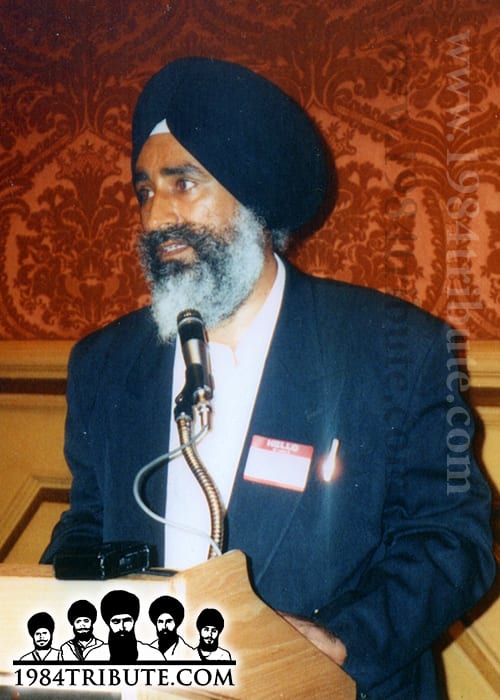
Paramjit’s relentless pursuit of legal justice culminated in the conviction of accused policemen associated with Jaswant’s disappearance, though some, including K.P.S. Gill, did manage to escape consequences. Her commitment further visibilised and continued Jaswant’s work. Mallika’s emphasis on women’s stories, which remain overwhelmingly suppressed by narratives of victimhood, undoes the gendered approach with which stories of women in conflict are transcribed. Kulbir Kaur Dhami’s involvement in militancy and her eventual incarceration in a secret torture camp with her husband and son similarly subverts the normative presentation of women as bystanders of state violence and gendered violence. As Kulbir relays her lived experiences in imprisonment, we become forced to interrogate our presumptions about militants and the police force. Her voice also becomes an instrument to archive in our memory the stories of women prisoners and constables, many of which remain overlooked. Both Paramjit and Kulbir, therefore, challenge the project of impunity as they invest their lives in seeking justice.
Mallika’s emphasis on women’s stories, which remain overwhelmingly suppressed by narratives of victimhood, undoes the gendered approach with which stories of women in conflict are transcribed. Kulbir Kaur Dhami’s involvement in militancy and her eventual incarceration in a secret torture camp with her husband and son similarly subverts the normative presentation of women as bystanders of state violence and gendered violence. As Kulbir relays her lived experiences in imprisonment, we become forced to interrogate our presumptions about militants and the police force. Her voice also becomes an instrument to archive in our memory the stories of women prisoners and constables, many of which remain overlooked. Both Paramjit and Kulbir, therefore, challenge the project of impunity as they invest their lives in seeking justice.
Baljit Kaur, Justice Ajit Singh Bains, and Inderjit Singh Jaijee are not divorced from the narratives of Paramjit and Kulbir. As both narratives illustrate, the three protagonists creatively engage with strategies to respond to suppression and injustice. In engaging with late vegetable vendor Chaman Lal’s fight to seek justice for his son’s abduction in 1993 and highlighting Justice Bains’ abduction alongside a survey of the origins of civil disobedience movement in postcolonial Punjab, Chapters 4 and 5 play a more explicit role in portraying the protagonists’ acceptance of personal risk in their missions.
That Chaman Lal’s son was threatened and later confronted with what Chaman Lal calls “state terrorism” for intervening local schoolgirls’ harassment by a lawyer, urges us to pause (yet again) and reflect on the insanity of the state’s unfathomably horrific misuse of power. So does the torture that Baljit Kaur records, with one video documenting the abuse to which a mill worker, still a young boy, is subjected. Equally horrifying is the extent of the enactment of gendered violence; even when violence does not necessarily represent a sexual threat, it becomes a currency to influence and assert power. Young girls strung up naked in jails, as Chaman Lal reports, is a case in point. The objective of the police appears clear: humiliation and terror.
Also read: 1984, When The Sun Didn’t Rise: Women Who Survived The Anti-Sikh Massacre
Two of the most significant details that Mallika outlines include social and political calls for Sikh self-determination, and the events leading up to, involving, and immediately succeeding 1984. The former holds topical relevance, given how contemporary media continues appropriating and misrepresenting the discourse surrounding Khalistan, particularly since the farmers’ 2021 protests. The latter is a significant temporal marker that still shapes Punjab’s and, for that matter, India’s social and political landscape. Mallika’s rewriting of the monumental year and its watershed events become a lesson in unlearning.
During the completion of her master’s, one of Mallika’s faculty members reached out to the chair of a North American Foundation with the hope that they would be interested in her work. The chair, a man of South Asian descent, responded that stories on gendered violence in Punjab didn’t qualify “dispassionate assessment,” given that “there are no cases” of violence against women in Punjab. She acknowledges this incident in her book, crediting it for fuelling her feminist curiosity. What this shows is not only a pathetic dismissal of social realities, but also an adamant refusal to engage with unarticulated yet possible histories. Fortunately, Kaur’s now completed and published manuscript provides a necessary rebuttal to the misinformed presentation of Punjab in the vocabulary of normalcy. I hope Mallika’s gesturing at caste encourages further research on the Punjab conflict in relation to caste and religion, and produces equally productive scholarship.
During the completion of her master’s, one of Mallika’s faculty members reached out to the chair of a North American Foundation with the hope that they would be interested in her work. The chair, a man of South Asian descent, responded that stories on gendered violence in Punjab didn’t qualify “dispassionate assessment,” given that “there are no cases” of violence against women in Punjab. She acknowledges this incident in her book, crediting it for fuelling her feminist curiosity. What this shows is not only a pathetic dismissal of social realities, but also an adamant refusal to engage with unarticulated yet possible histories.
I realise that the book’s title may appear daunting, but its contents are readable and interesting to academics and non-academics alike. Mallika provides us with an urgent reminder to stand up for justice, even when the odds are not in our favour. I am tempted to add the book’s allusion to Amitabh Bachchan, who lent his star power to a certain instigative television soundtrack, to encourage you to purchase the book, out of curiosity, if not a concern for human rights violations. I do, however, hope that its powerful subtitle, “The Wheat Fields Still Whisper,” will adequately prompt you to humbly present yourself to Mallika’s brilliant work, and listen.
About the author(s)
Mridula Sharma is a researcher and a writer. Her work lies in the intersection of feminist theory, postcolonial studies, and popular culture.
